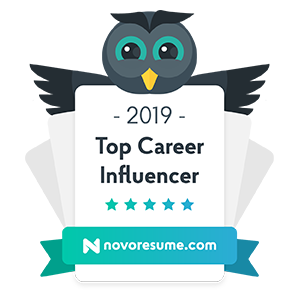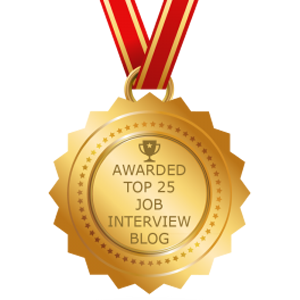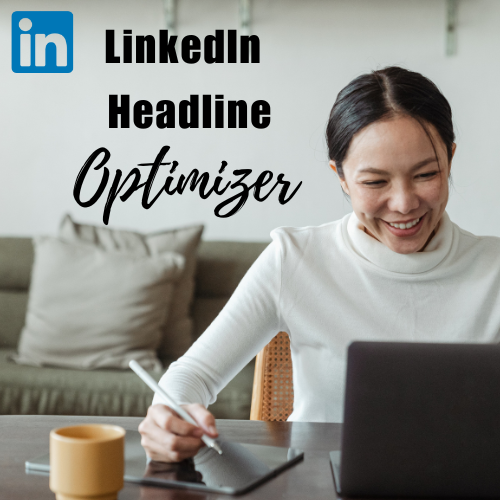The following interview was reposted with permission from Career Sidekick.
I recently sat down with Career Sidekick to offer job search guidance to their readers. Keep reading to learn for a crash course in taking your job search from resume to job offer.
Crafting a Standout Resume
How do you craft a resume that opens doors to your dream job? In this engaging Q&A, Noelle Gross, a distinguished career coach and resume expert, dives into the nuances of creating standout resumes that capture attention and land interviews. Noelle shares her expertise on the critical elements of resume design, from a captivating headline to the strategic use of templates that beat the Applicant Tracking System (ATS). She also addresses the challenges of presenting non-linear career paths and the power of LinkedIn for job search success. Whether you’re navigating a career transition, aiming for a role in a competitive field, or simply looking to refresh your professional brand, Noelle’s guidance is invaluable for anyone aiming to make a lasting impression in the job market. Her advice not only demystifies the resume creation process but also empowers job seekers to approach their search with confidence and clarity.
In your experience, what’s a resume game-changer that most people overlook?
“A targeted headline. There is a huge opportunity to state your target up top, in big bold letters so that the reader sees IMMEDIATELY that you are a qualified candidate (or at least applying in the right space). This works really well if you are a fit for the job to which you’re applying. If you’re not a 100% fit, you can use the headline to showcase your most relevant skills and desire to be the job title being advertised. Either way, a headline on the resume goes a long way.”
Could you share a memorable ‘resume success story’ where a small change made a big difference?
“I don’t know if there’s just one story that comes to mind but basically with all of my clients, switching up the resume template to one that is ATS-optimized and visually on-trend with modern resumes, makes a world of difference. I think a lot of applicants believe just having their experience listed on a document, will get the job done. This is a huge oversight. Candidates are competing against hundreds of other applicants and it’s easy to get lost in the crowd if the resume doesn’t create a strong, visual first impression. By using the right template, you will look like a brand-new candidate who “gets it.” This is especially important for older candidates trying to avoid age discrimination.”
What’s your take on the one-page resume debate? Any tips for fitting in everything?
“It’s a non-debate in my mind! The only time you should be using a one-page resume is if you are early career and have less than 5-8 years of experience. Anything more and you must be on two pages. I think sometimes people confuse a one-page resume with a one-page networking document. That’s a different story! It’s perfectly fine to summarize your profile into a one pager for networking purposes. But when it comes to applying for jobs, mid-late career folks should have a 2-page resume without exception.”
How can someone with a non-linear career path best present their experience on a resume?
“Very carefully. Non-linear career paths tend to be the most challenging types of resumes to write. However, there are many little tricks of the trade that can be applied. For example, downplay non-relevant experience by reducing the amount of content and visual space it takes up. Have a well-tailored headline up top that highlights your relevant or transferable skills as your top strengths. Include every relevant skill in your keywords section so that an ATS picks up on the fact that you have used the required skills in other jobs. Finally, I always tell my clients with non-linear career paths NOT to rely heavily on the resume. Instead rely on networking. It will be much easier to win over key contacts and own the narrative about you(including any funky career moves).”
What’s a LinkedIn feature you think isn’t used enough for job searching?
“The people search function. Most job searchers spend time on the job board or feed. However, the main purpose of LinkedIn should be research and networking if you want to really give your search a boost. Use the people search to find key contacts at your target companies and then reach out to schedule informational interviews. This will be an absolute game changer!”
Can you tell us about a time when LinkedIn networking really paid off for a client?
“I had a client who had spent close to a year in the job search. She was trying to change industries and get into some pretty well-known companies with competitive positions. Her resume was all over the place. She spent most of her time applying for jobs but nothing panned out. We used the people search function and also the filters to find contacts at her company with whom she shared an alumni network. Sure enough she found one who ended up passing her resume along and helping her get a foot in the door. She was hired in no time!”
What’s your secret sauce for an engaging LinkedIn summary?
“Keeping it professional and approachable. LinkedIn is a professional network so you want to keep your content professional but that doesn’t mean you can’t show personality and share your passions. The summary should definitely sell you for the roles you’re targeting but it should also shine some personality as well. Think about it like a conversation you might have at a networking event. You’re helping people get to know you and the goal is to come across as someone who is likeable but also someone who can deliver results.”
How do you recommend balancing professional and personal content on LinkedIn?
“I see many people really crossing the line these days and treating LinkedIn like any other social network. They don’t realize that this can create the wrong or even a negative first impression with potential employers. You definitely want to strike the right balance by playing it safe. Carefully select your personal content to ensure that it has something to do with your professional brand. You can share your personality in your summary and posts but stick to professional content when posting. Also, keep your profile about you and no one else. I see some LinkedIn profile photos with family members. This is missing the mark. Remember: the goal with LinkedIn is to advance your career in some way. People want to get to know you as an individual and a group photo on your profile will convey that you don’t really understand the purpose of LinkedIn. This could potentially be a turn off.”
Mastering the Interview Process
What’s an interview question that tends to trip up candidates, and how should they tackle it?
“What’s your salary expectation? Any conversation around salary tends to throw people off. It’s important to enter the interview ready to negotiate even as early as the phone screen. The key to tackling this question is to avoid saying a number. Get the other person talking about the salary range for the role so you can be sure it makes sense to keep talking. When they share the range, let them know that it’s a good fit and you’d like to continue the conversation. At some point you’ll need to share which end of the salary range you’d like to see. Always aim for higher than you think you’re worth and be sure to back up the request with reasons why.”
Can you share an example of how a candidate can turn a negative interview situation into a positive?
“Without a doubt, a candidate can turn around a negative interview in the Q&A portion of the interview. The candidate should be sure to ask really good questions to demonstrate interest but also expertise in the role. This will let the interviewer see that despite bombing on the opening answers, you’re someone who isn’t shaken and is, in fact, a strong candidate for the role!”
If you could only give one piece of advice in regards to preparing for an interview, what would that be?
“Use old-fashioned note cards to jot down result-oriented stories for all of the items listed in the job description. This will help you to be sure that you are prepared for everything and anything that might be asked about the role. Answering with stories demonstrates that you have done the job or used the skill in the past. Ending your story with a result ensures that you are indeed skilled in that particular area. Hiring managers love to hear about results. Use the note cards like flash cards with the skill on the front and story on the back. Quiz yourself until your stories roll off the tongue naturally! This is also a great way to get rid of those pre-interview nerves.”
Post-interview, what’s a follow-up strategy that’s assertive but not overbearing?
“One huge missed opportunity amongst candidates is that they forget to ask about next steps at the end of the interview. The last question of every interview should be “what are the next steps?” This way, you can pin down exactly when you can expect to hear back or when you should reach out. Ask the interviewer if it would be okay for you to follow up if you don’t hear back by their stated timeline.”

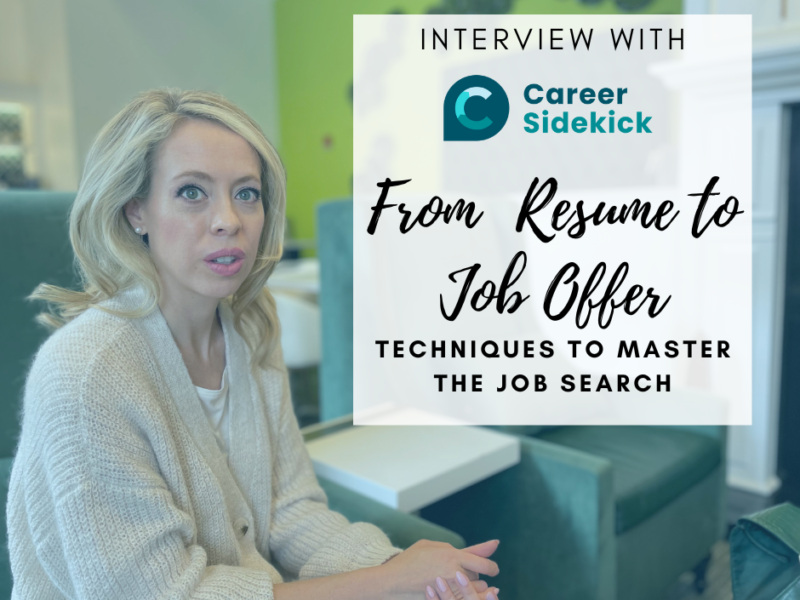
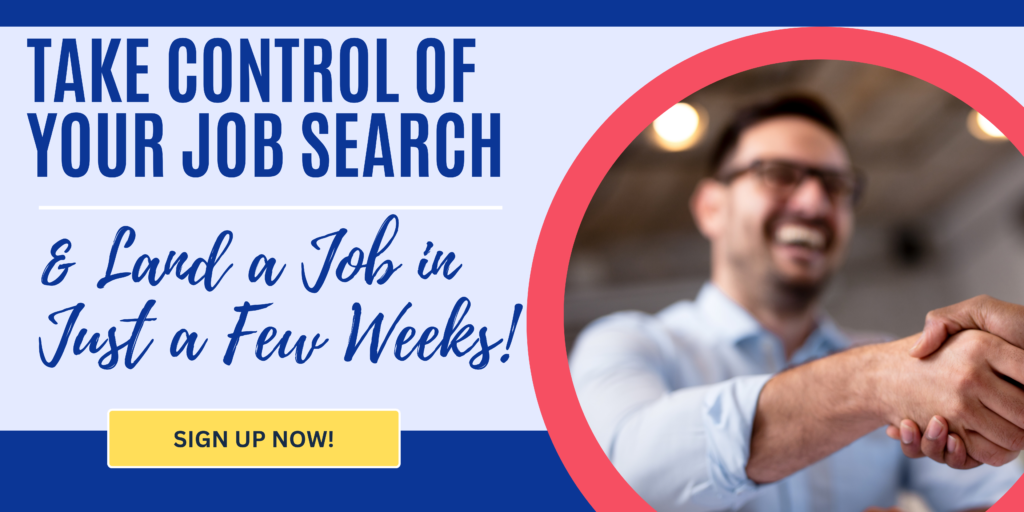
 How to Answer: “Tell Me About Yourself” in Job Interviews (Sample Answer Included)
How to Answer: “Tell Me About Yourself” in Job Interviews (Sample Answer Included)